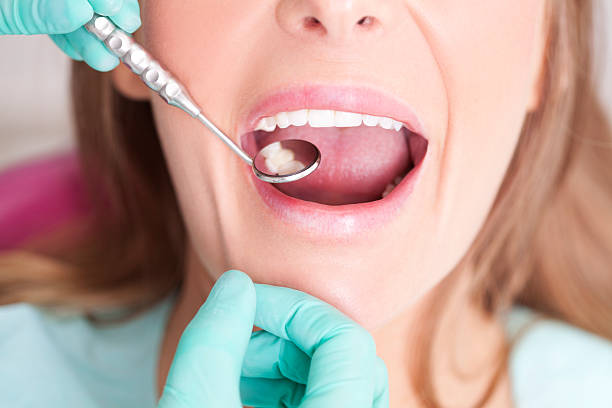Tooth decay, also known as dental caries or cavities, is a common dental issue that affects people of all ages. Understanding the science behind tooth decay is essential for effective prevention and care. In this article, we’ll delve into the processes that lead to tooth decay and explore five key ways to prevent and care for your teeth.
1. Understanding Tooth Decay: The Basics
Tooth decay occurs when acids produced by bacteria in the mouth erode the enamel—the protective outer layer of the teeth. This bacterial activity is fueled by the sugars and carbohydrates in the food we consume. As the enamel breaks down, cavities form, leading to pain, sensitivity, and potential complications if left untreated.
2. Maintain Good Oral Hygiene Practices
The foundation of preventing tooth decay lies in maintaining excellent oral hygiene. Brush your teeth at least twice a day using fluoride toothpaste and a soft-bristled toothbrush. Floss daily to remove plaque and food particles from between the teeth and along the gumline. Regular dental check-ups and cleanings by skilled Calgary Dentists are crucial for catching early signs of decay and addressing them promptly.
3. Balanced Diet for Healthy Teeth
A well-balanced diet plays a significant role in preventing tooth decay. Limit your intake of sugary and acidic foods, as they contribute to enamel erosion. Incorporate calcium-rich foods like dairy products, leafy greens, and almonds into your diet to strengthen teeth. Drink plenty of water, which helps neutralize acids and rinse away food particles.
4. Fluoride: Nature’s Defense Against Decay
Fluoride is a natural mineral that strengthens enamel and helps prevent tooth decay. It is often found in toothpaste, mouthwash, and tap water. Ensure you use fluoride toothpaste and, if needed, consider fluoride treatments provided by your dentist. This mineral plays a crucial role in remineralizing weakened enamel and making teeth more resistant to acid attacks.
5. Sealants for Extra Protection
Dental sealants are thin, protective coatings applied to the chewing surfaces of molars and premolars. These areas are prone to decay due to their grooves and pits, making them difficult to clean thoroughly. Sealants act as a barrier, preventing bacteria and food particles from settling into these vulnerable areas. Children and adults alike can benefit from sealants as an added layer of protection against tooth decay.
Conclusion
Understanding the science behind tooth decay empowers individuals to take proactive measures for prevention and care. By maintaining good oral hygiene practices, adopting a balanced diet, embracing fluoride as a natural defense, and considering additional protective measures like dental sealants, you can significantly reduce the risk of tooth decay. Regular dental check-ups ensure that any signs of decay are detected early, allowing for prompt intervention and treatment. Remember, a healthy smile begins with a commitment to oral health, and by incorporating these practices into your daily routine, you can contribute to the long-term well-being of your teeth.
